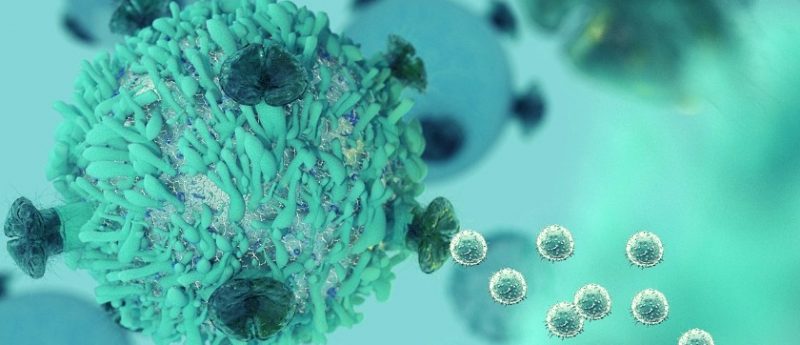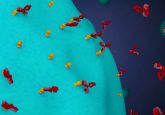Novel targets for natural killer/T-cell lymphoma immunotherapy

Extranodal natural killer/T-cell lymphoma, nasal type (NKTL) is a rare but highly aggressive Epstein–Barr virus-related malignancy, which mainly occurs in nasopharyngeal and nasal/paranasal areas. In addition to its high prevalence in Asian, Central American and South American populations, its incidence rate has been gradually increasing in Western countries. The current mainstay of treatment is a combination of multiple chemotherapies and irradiation. Although chemoradiotherapy can cure NKTL, it often causes severe and fatal adverse events. Because a growing body of evidence suggests that immunotherapy is effective against hematological malignancies, this treatment could provide an alternative to chemoradiotherapy for treatment of NKTL. In this review, we focus on how recent findings could be used to develop efficient immunotherapies against NKTL.
Until the late 20th century, a fatal destructive tumor that develops around the nasopharyngeal and nasal/paranasal areas, sometimes penetrating the palate or the cranial dura mater, resulting in death was called lethal midline granuloma [1]. Study of cell surface markers in immunity has shown that expression of CD56, a marker of natural killer cells (NK cells) and some γδ T cells, can be used to define this disease as extranodal natural killer/T-cell lymphoma, nasal type (NKTL) [2]. In recent years, the epidemiology of NKTL has undergone a gradual shift. Originally, NKTL was endemic to East Asia, Central and South America and was extremely rare in Europe and the United States [3]. However, the incidence of NKTL has increased during the last several decades in countries where it was previously not epidemic. Duval et al. reported that the annual incidence rate of sinonasal extranodal NKTL increased by nine percent from 2000 to 2011 in the United States [4]. Thus, NKTL is no longer a local disease, but is becoming a common malignancy, and physicians should take into consideration in this era of globalization.
Click here to view the full article in Immunotherapy.





